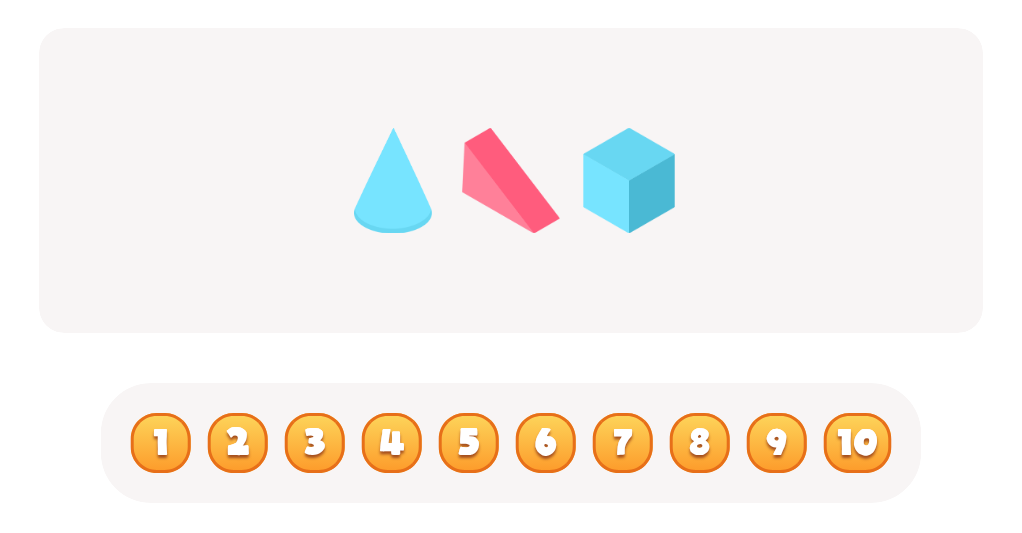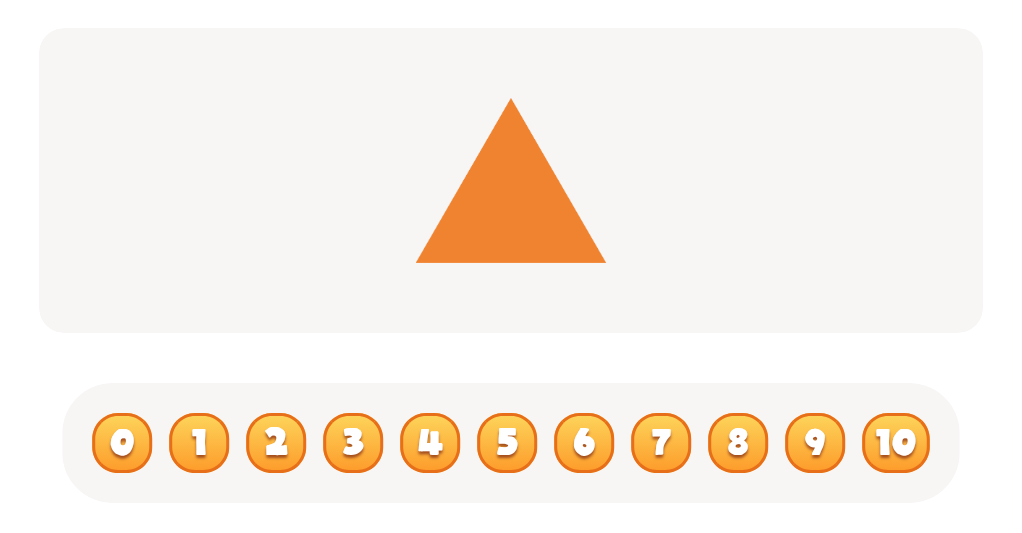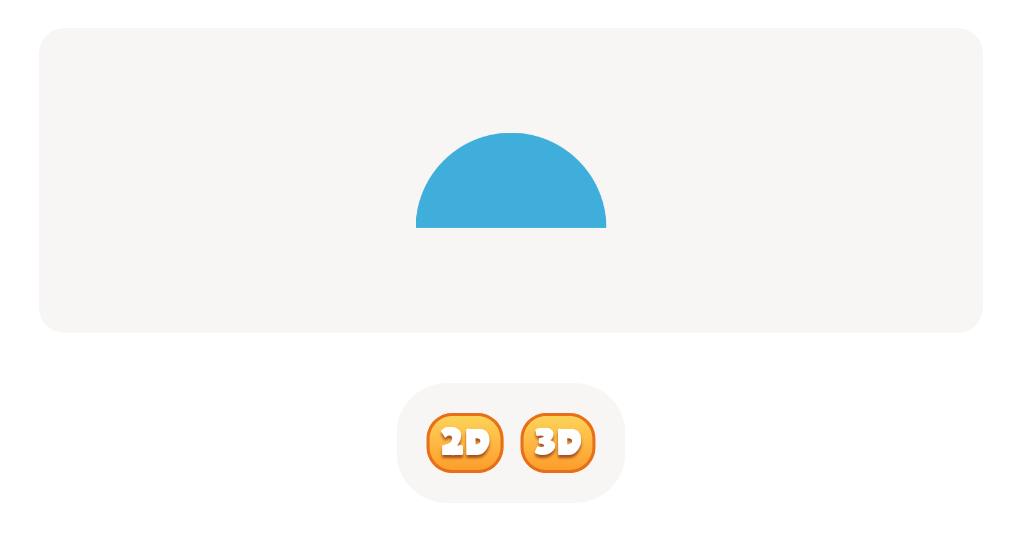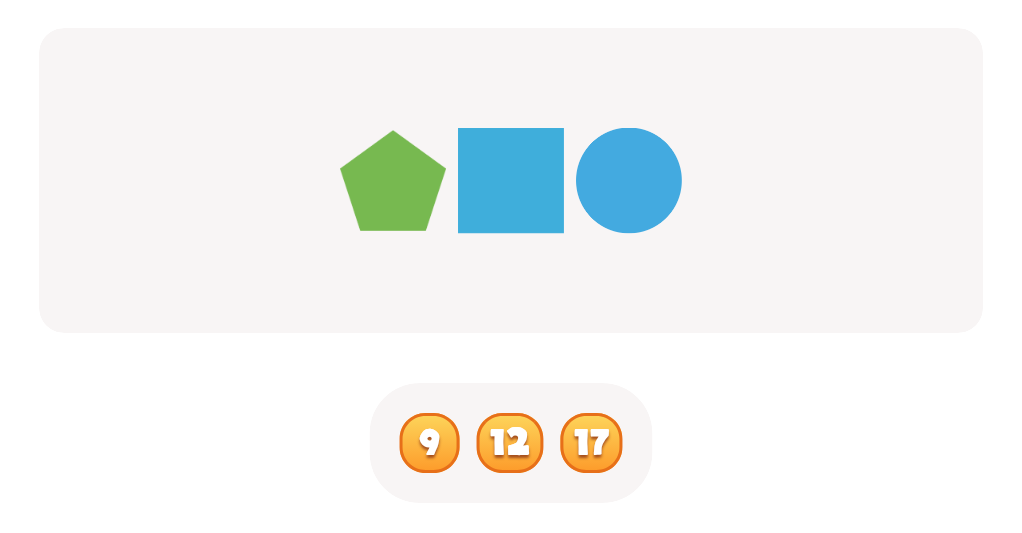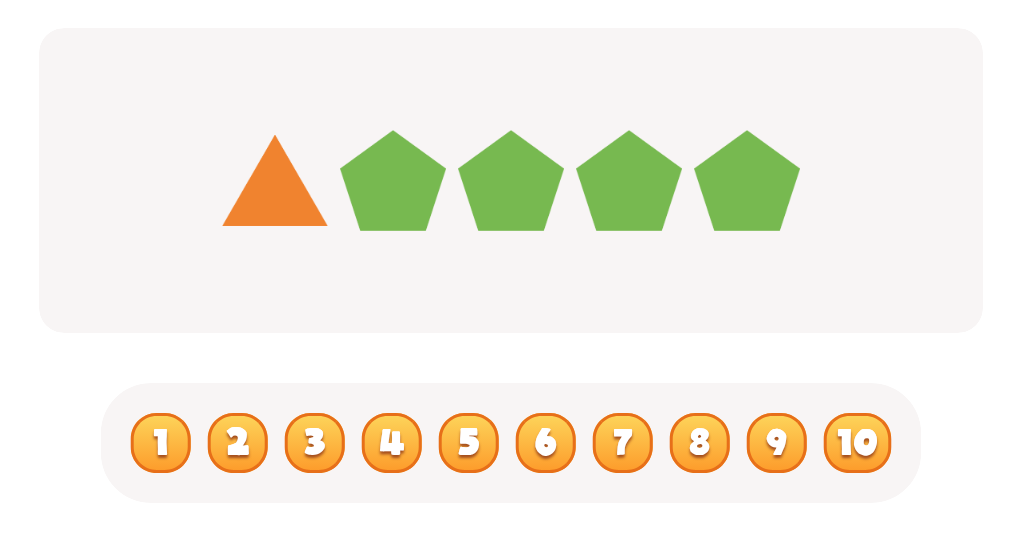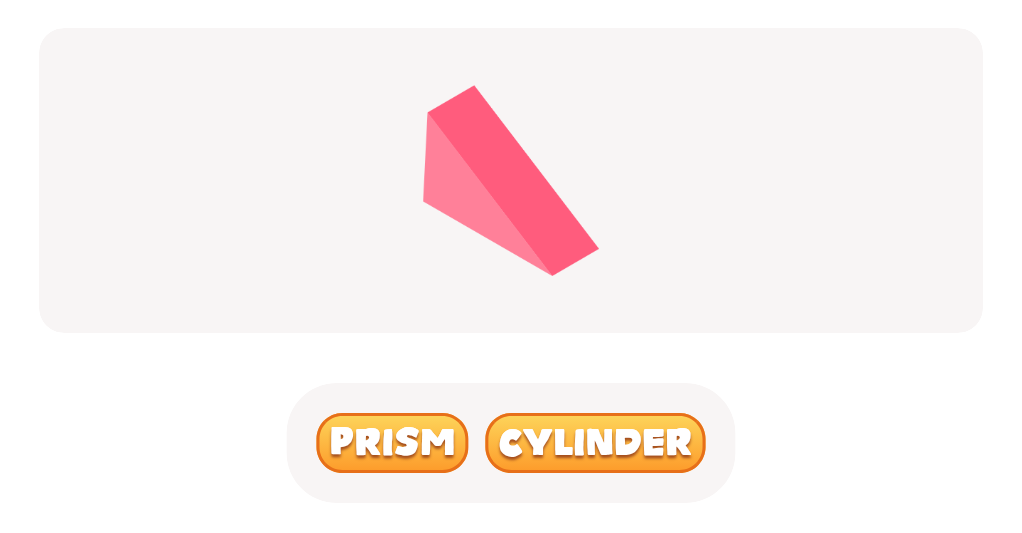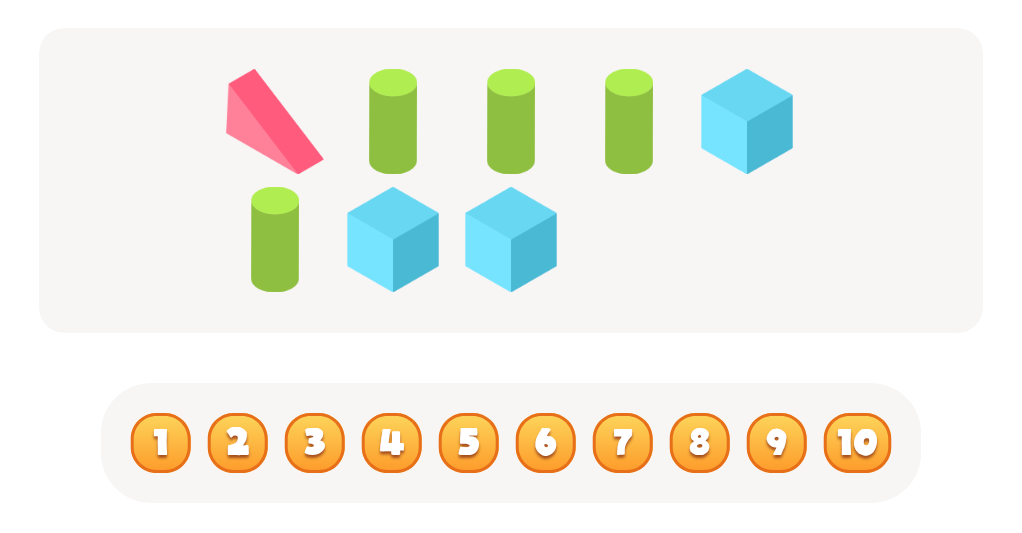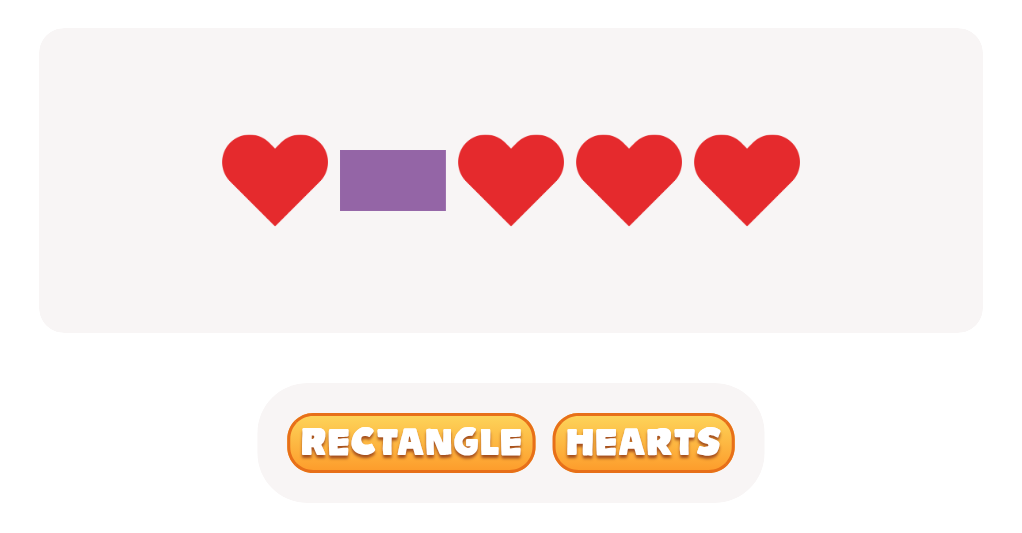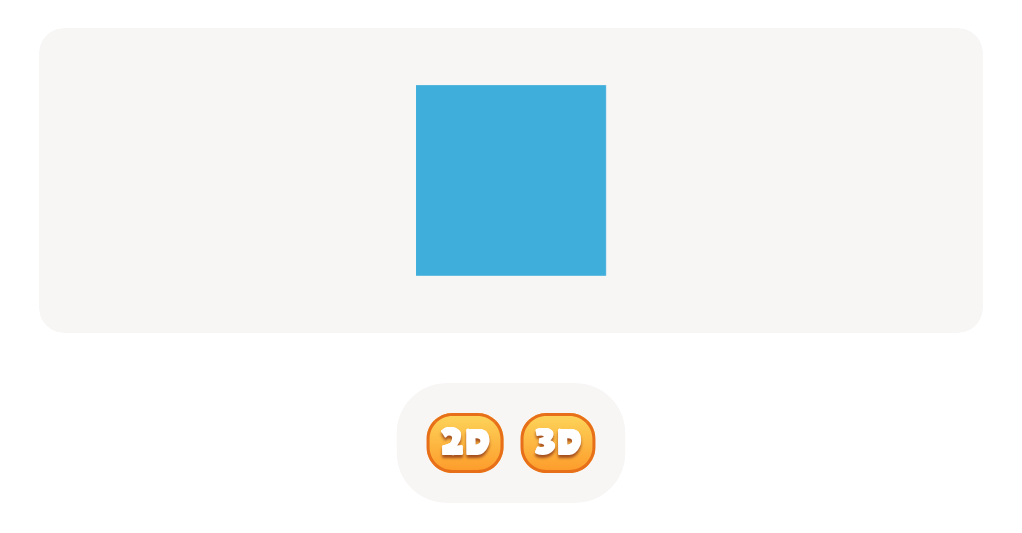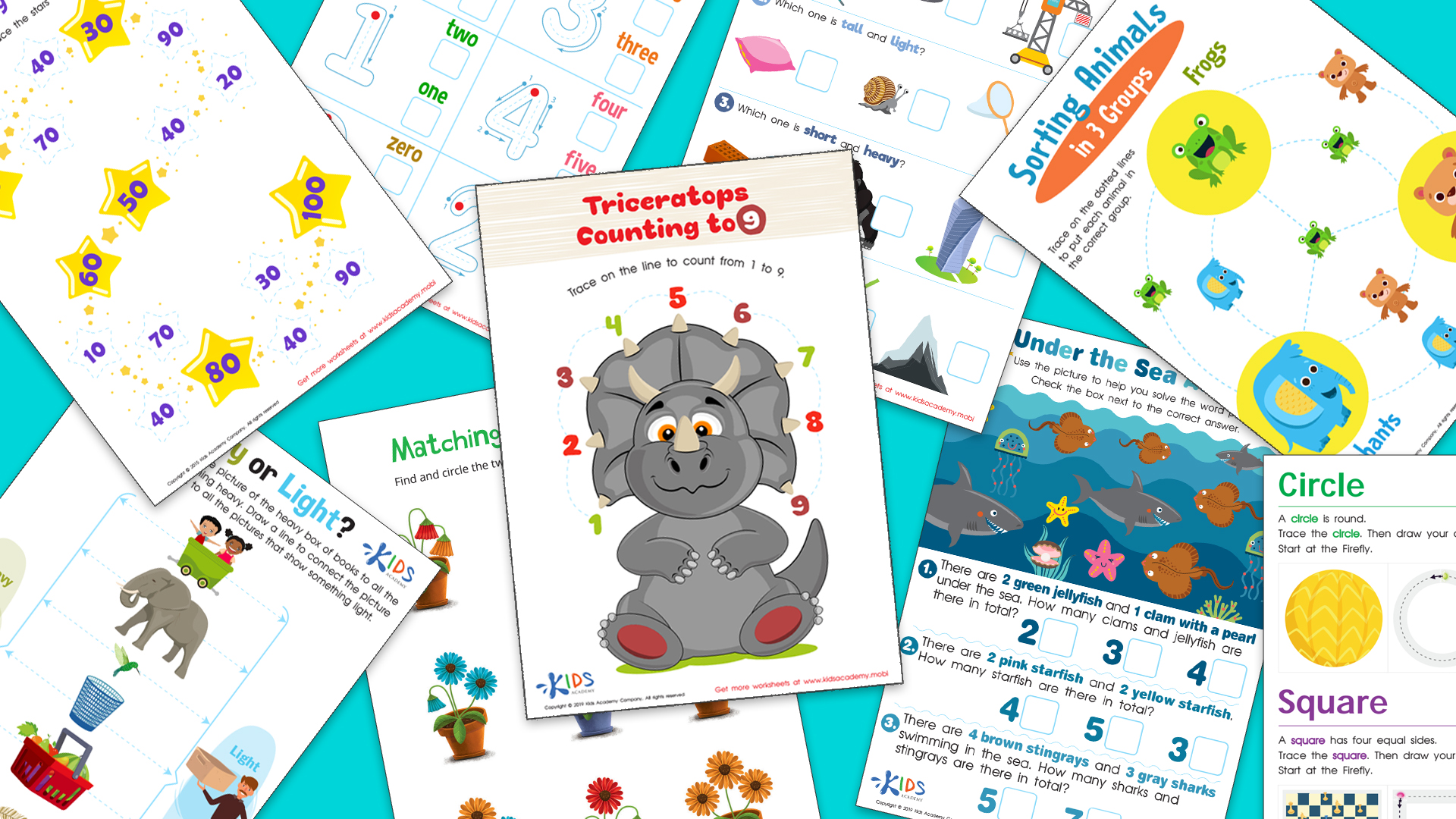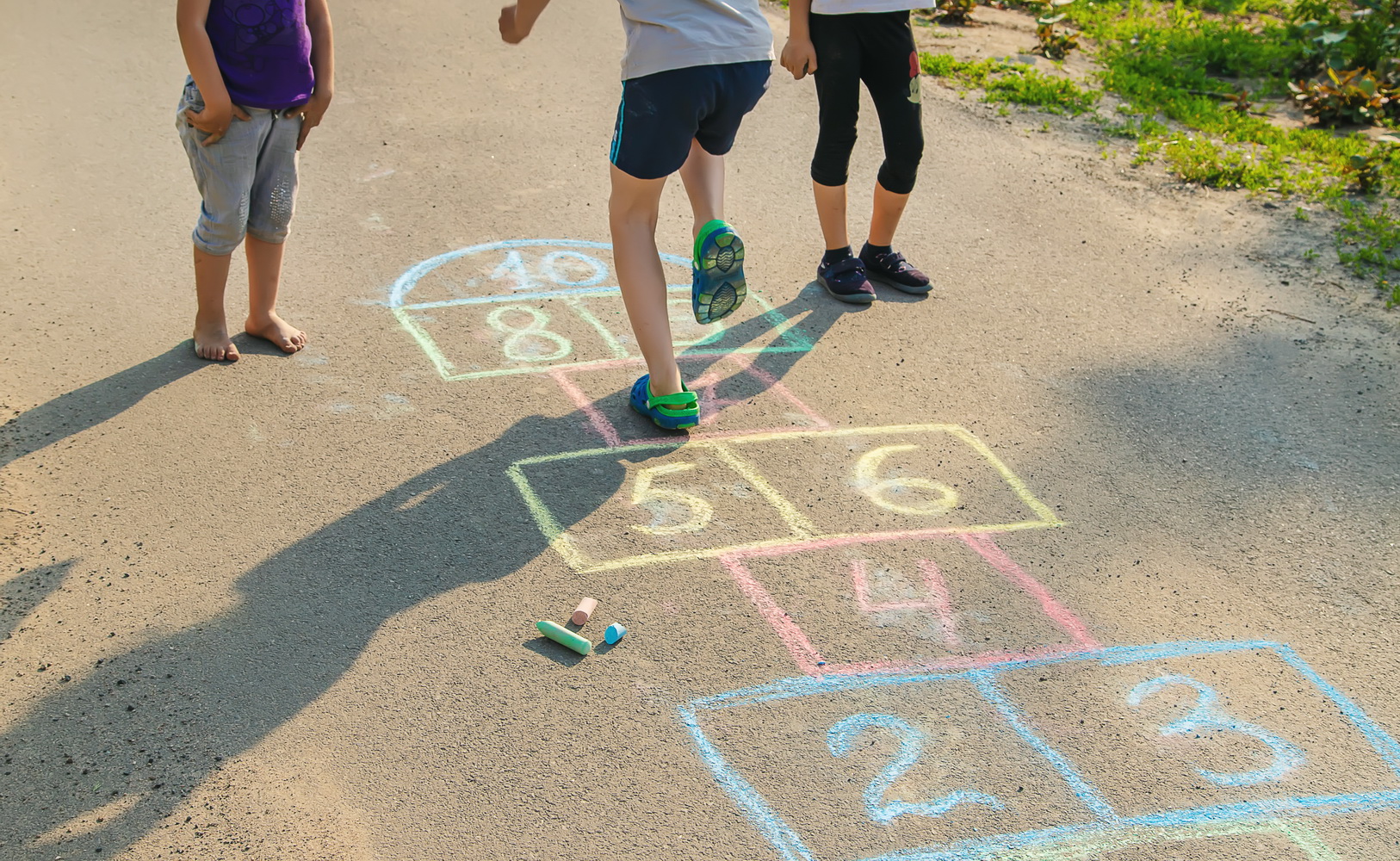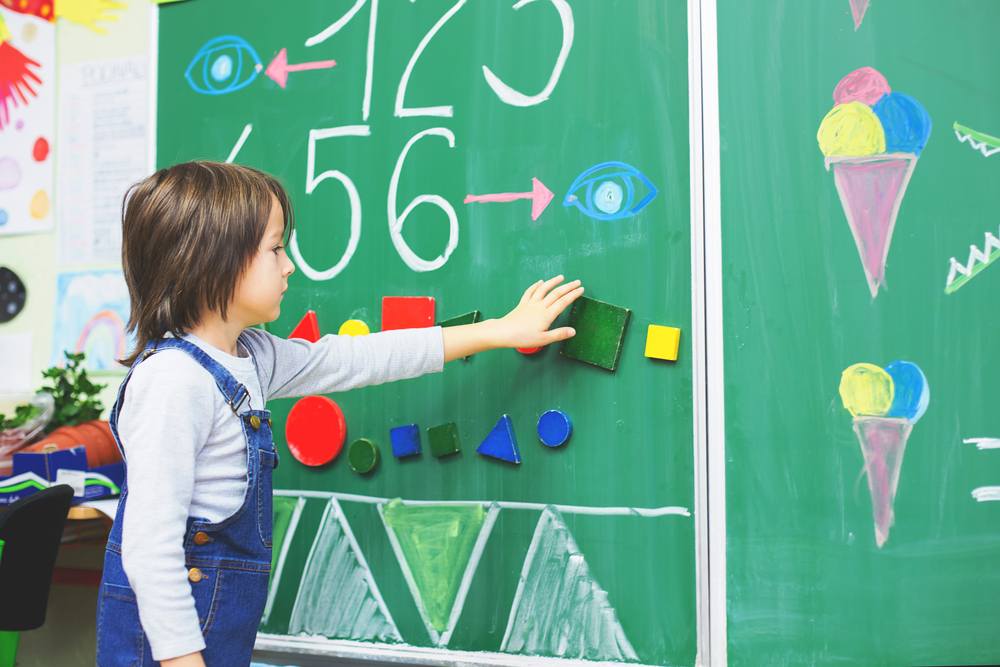Spatial reasoning Normal Geometry Worksheets for Ages 6-7
3 filtered results
-
From - To
Unlock your child's geometric understanding with our Spatial Reasoning Normal Geometry Worksheets tailored for ages 6-7. Designed to enhance young learners' spatial awareness and problem-solving skills, these worksheets make geometry fun and engaging. Activities include identifying shapes, understanding patterns, and recognizing spatial relationships. Perfect for classroom use or home practice, our worksheets offer colorful illustrations and interactive tasks that keep children captivated while they learn. Give your child the foundational tools for spatial intelligence and cognitive development with our expertly crafted geometry resources. Explore now and watch your child master spatial reasoning step by step!
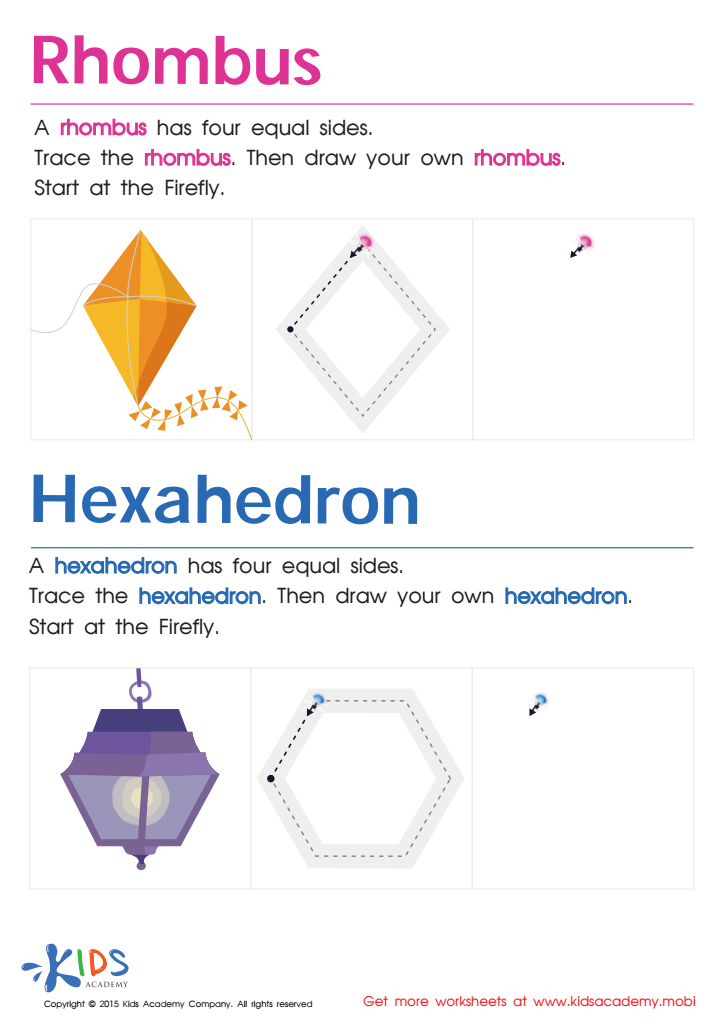

Draw a Rhombus And a Hexahedron Printable
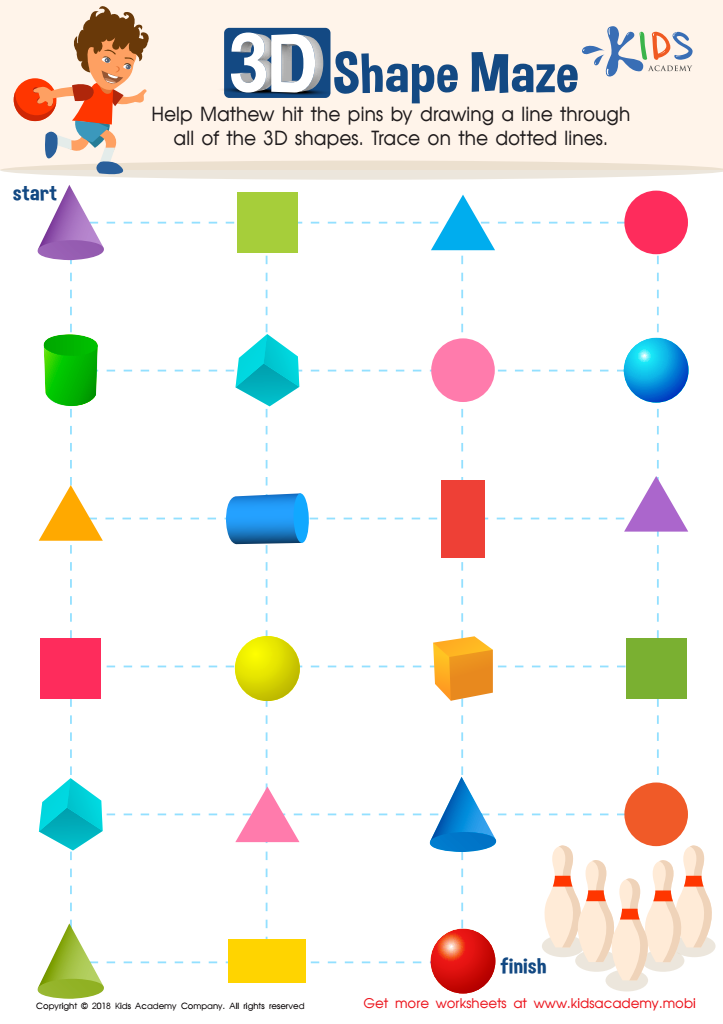

Shapes Maze Geometry Worksheet
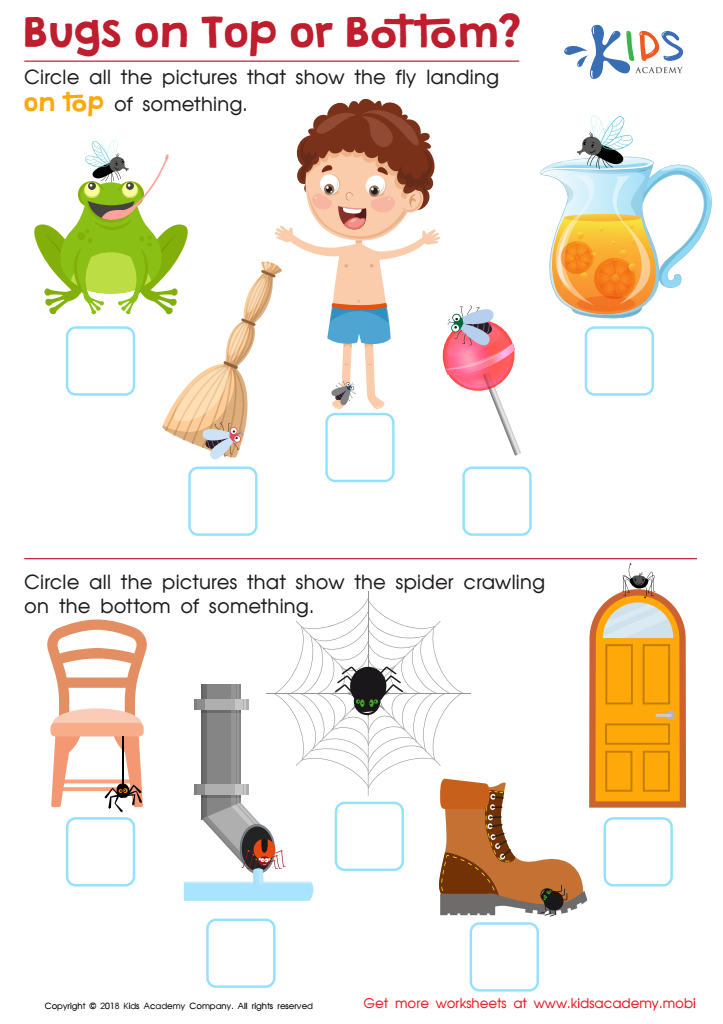

Bugs on Top or Bottom? Worksheet
Parents and teachers should prioritize spatial reasoning and normal geometry for children aged 6-7 because these skills are fundamental to cognitive development and future academic success. Spatial reasoning involves understanding and manipulating shapes and spaces, which helps in everyday problem-solving and critical thinking. At this age, children's brains are highly receptive to visual and spatial information. Engaging them in geometry helps to nurture this capacity, ensuring robust development of these essential skills.
Fostering spatial reasoning also complements early math learning. Understanding shapes, sizes, and how they relate to each other lays the groundwork for more abstract mathematical concepts that children will encounter later. Activities like building with blocks, solving puzzles, or drawing can make these ideas concrete and relatable, allowing children to grasp foundational math concepts in a tactile and intuitive manner.
Furthermore, spatial skills are predictors of success in STEM (Science, Technology, Engineering, and Mathematics) fields. Encouraging interest and competency in spatial reasoning and geometry during early childhood can pave the way for higher achievement in these areas in the future. By investing in these skills at a young age, parents and teachers can help children develop a strong base in logical thinking, problem-solving, and the ability to visualize and manipulate objects in their minds, all of which are critical for their academic and personal growth.
 Assign to My Students
Assign to My Students
